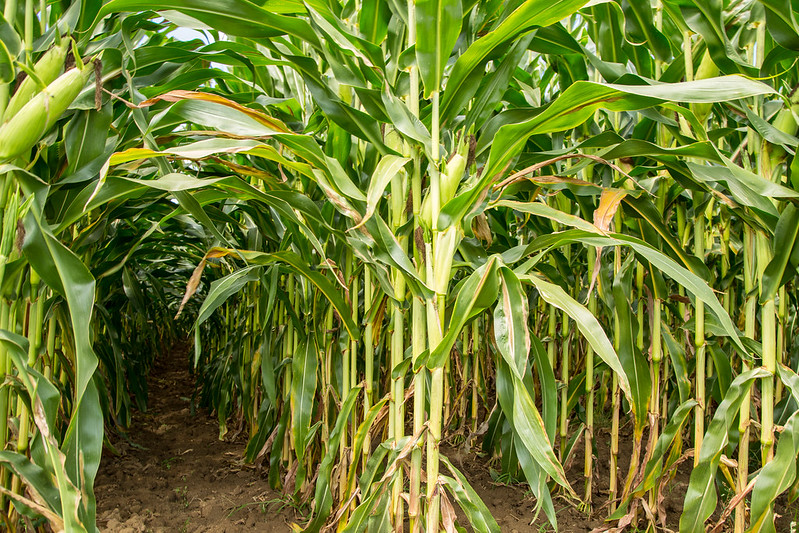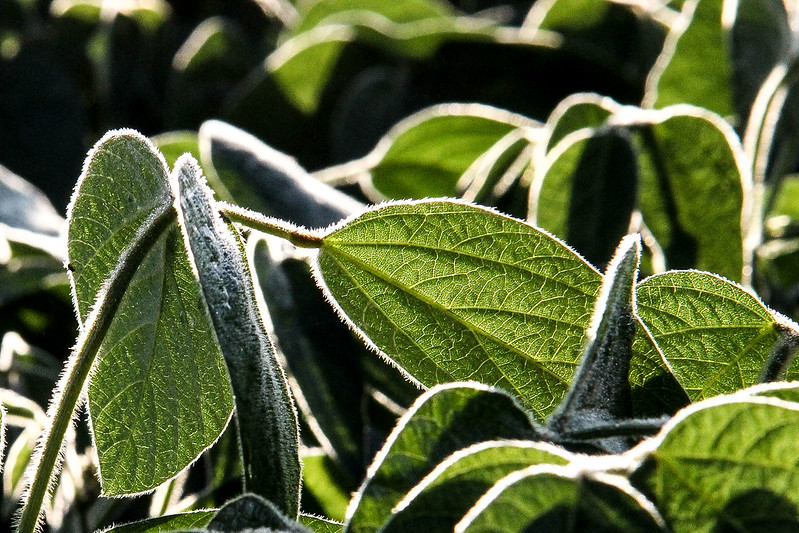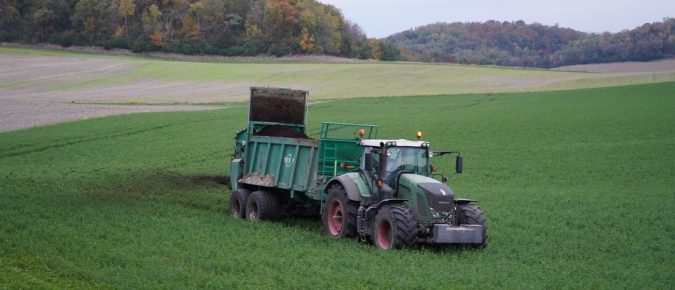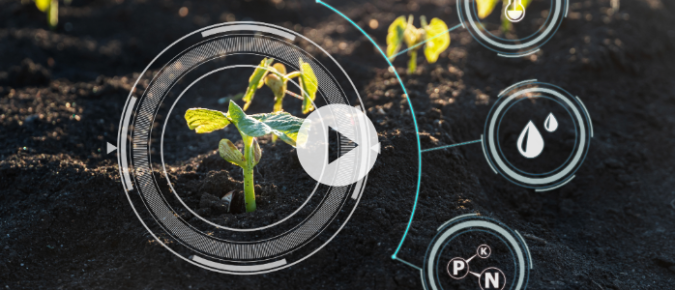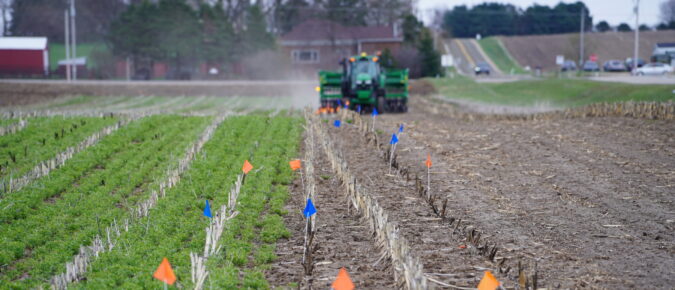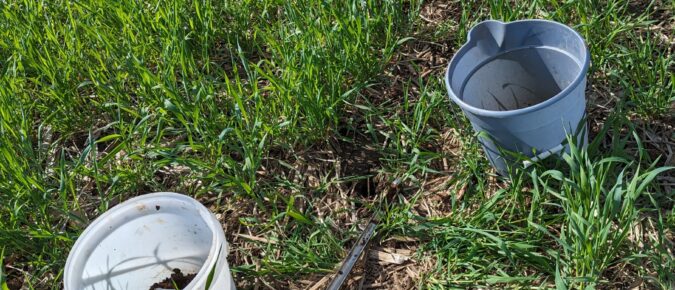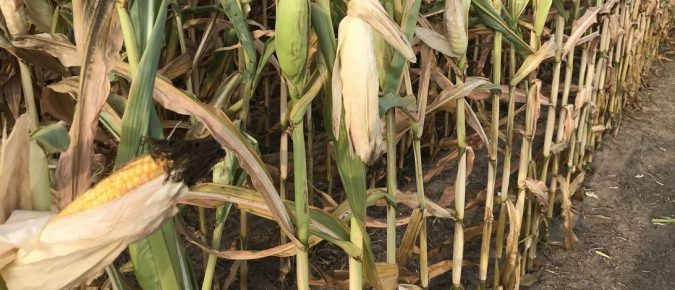Silva Gaku provides an overview of financial assistance updates for agricultural producers following the passage of the One Big Beautiful Bill.
Dr. Paul Mitchell provides a comprehensive update on agricultural policy and farm income trends for fall 2025.
Dr. Brenda Boetel presents the fall 2025 market outlook for corn and soybeans, offering insights into harvest progress, yield expectations, export trends, and price forecasts.
Rubens Diogo, a postdoctoral research associate in the Ané Lab, UW–Madison Department of Bacteriology, shares groundbreaking research on enhancing biological nitrogen fixation (BNF) in corn.
Dr. Shawn Conley and Jason Lo present an innovative approach to using large language models (LLMs) for farm management insights.
Dr. John Shutske explores the evolving role of artificial intelligence in agriculture, with a focus on generative AI and large language models (LLMs).
Josh Kamps covers hybrid and variety trial data for corn, soybeans, and small grains, pest and disease management considerations, herbicide resistance, and scouting strategies.
Jerry Clark, regional crops educator, presents findings from the first year of a statewide research project evaluating Maximum Return to Nitrogen (MRTN) rates for corn grain and silage following manure application.
Dr. Luiz Ferraretto, associate professor and extension ruminant nutrition specialist at UW–Madison, shares expert insights on optimizing the nutritive value of corn silage to support dairy cow performance.

